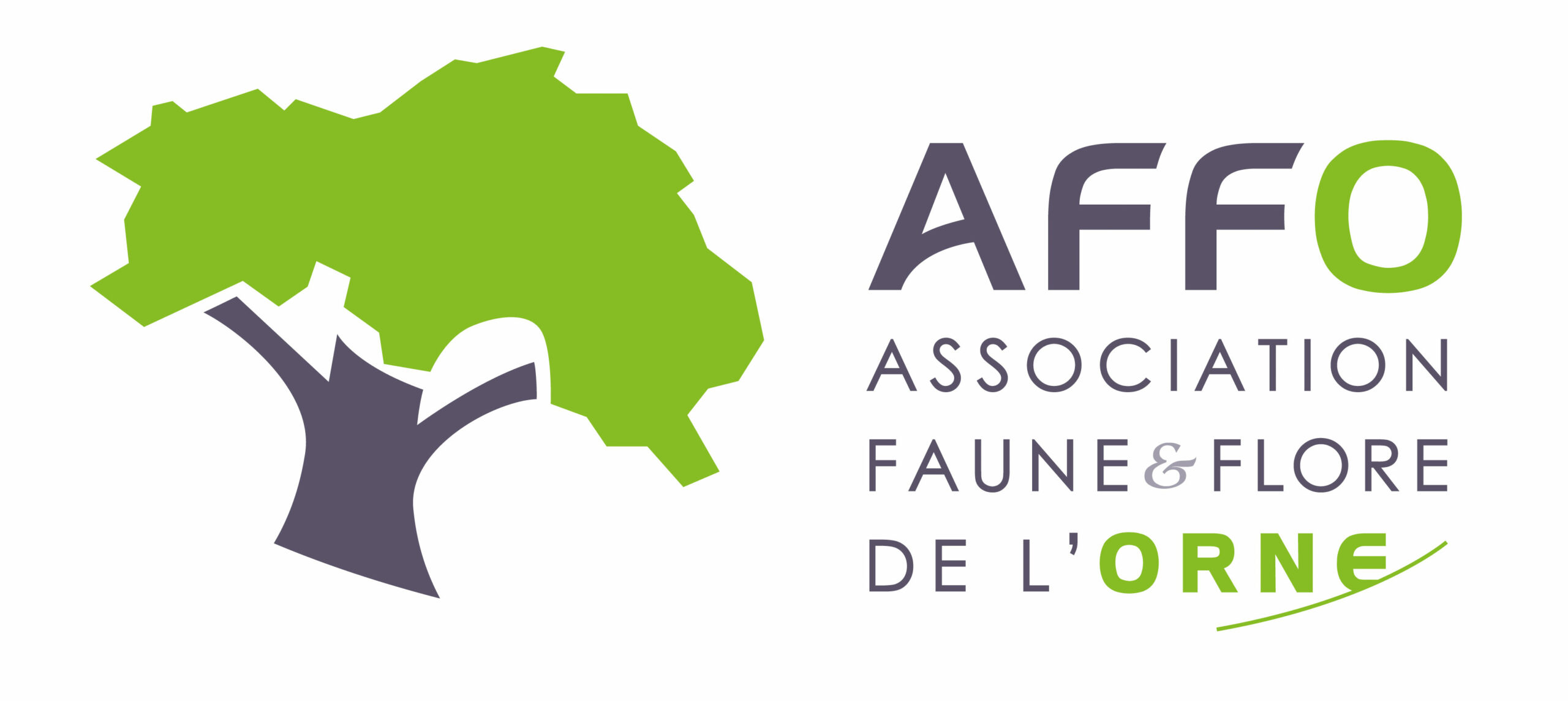Macdunnoughia Kostrowicki, 1961
Où cette espèce a-t-elle été observée ?
 Attention : cette espèce peut être présente où il n’y a pas de maille, mais à ce jour elle n’y a pas encore été observée.
Attention : cette espèce peut être présente où il n’y a pas de maille, mais à ce jour elle n’y a pas encore été observée.
Chargement...
- 5 observations
-
4
communes -
4
observateurs
3
organismes -
Première observation
2007 -
Dernière observation
2022
Anonymisé
-
Bouvet Rodolphe
-
Houesse Marie
-
Radigue François
-
Association Faune & Flore de l'Orne (AFFO)
Participation à 4 Observations
Part d'aide à la prospection : 80.00 %
Fiche organisme
-
Conservatoire d'espaces naturels du Centre-Val de Loire (CEN CVL)
Participation à 1 Observation
Part d'aide à la prospection : 20.00 %
Fiche organisme
Informations espèce
Non renseigné pour le moment
Non renseigné pour le moment
Répartition actuelle en France métropolitaine
© INPN - Avertissement : les données visualisables reflètent l'état d'avancement des connaissances et/ou la disponibilité des données existantes au niveau national : elles ne peuvent en aucun cas être considérées comme exhaustives.
Pas de synonymes pour ce taxon








